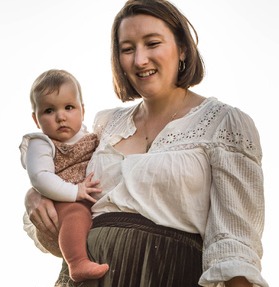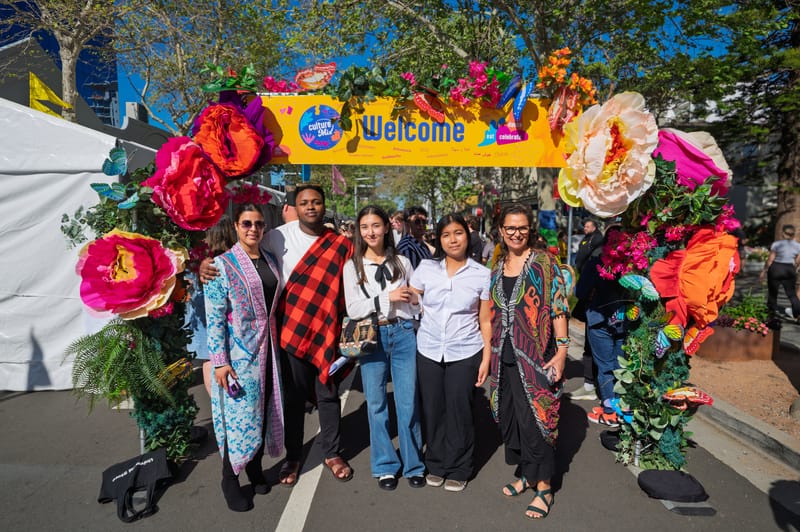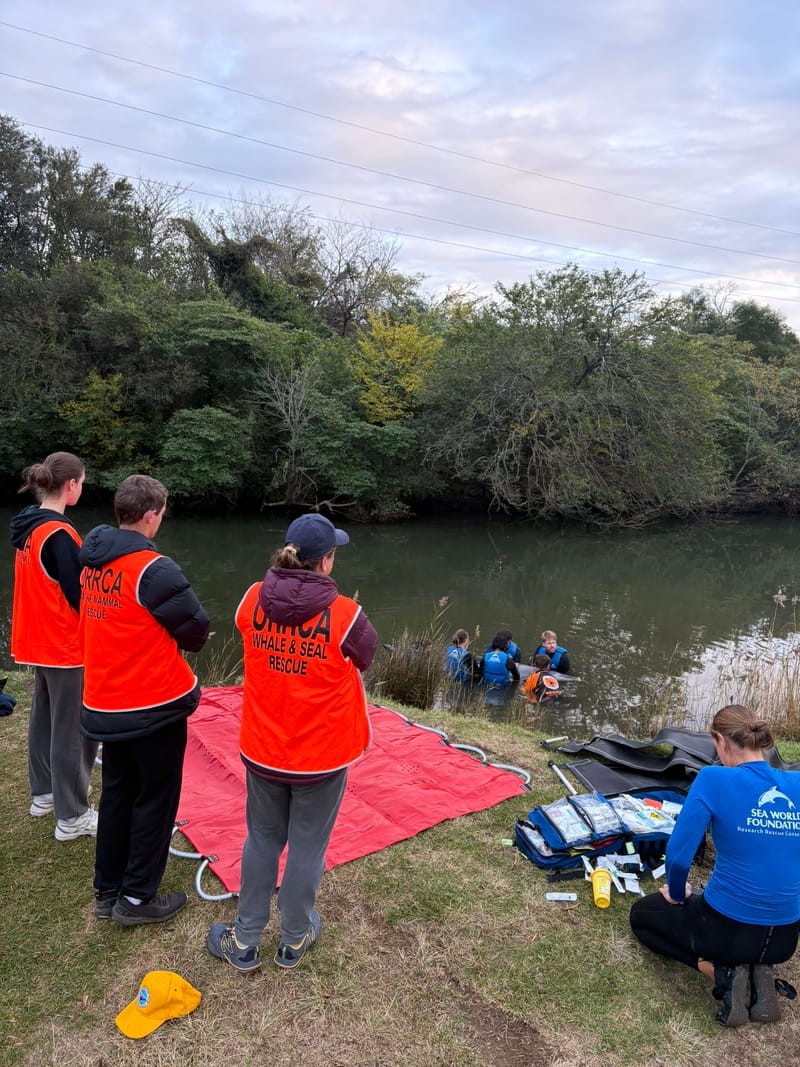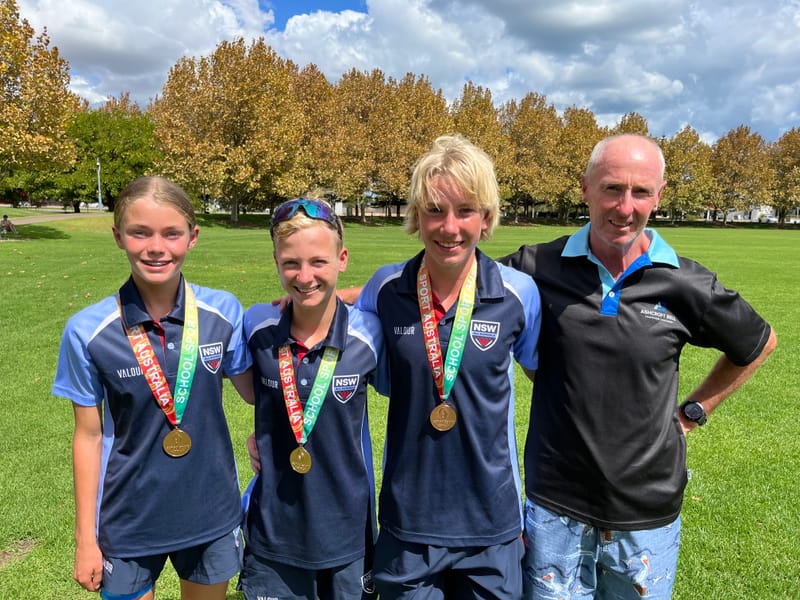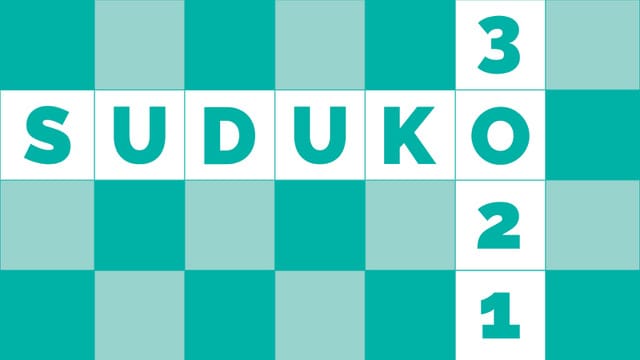Why did I choose homebirth?
The seeds of influence that would bloom into my first homebirth were sown during my pregnancy with my first child. She was born at Wollongong Public Hospital in the waterbirth tub after an induction. My experience was both incredibly empowering and...
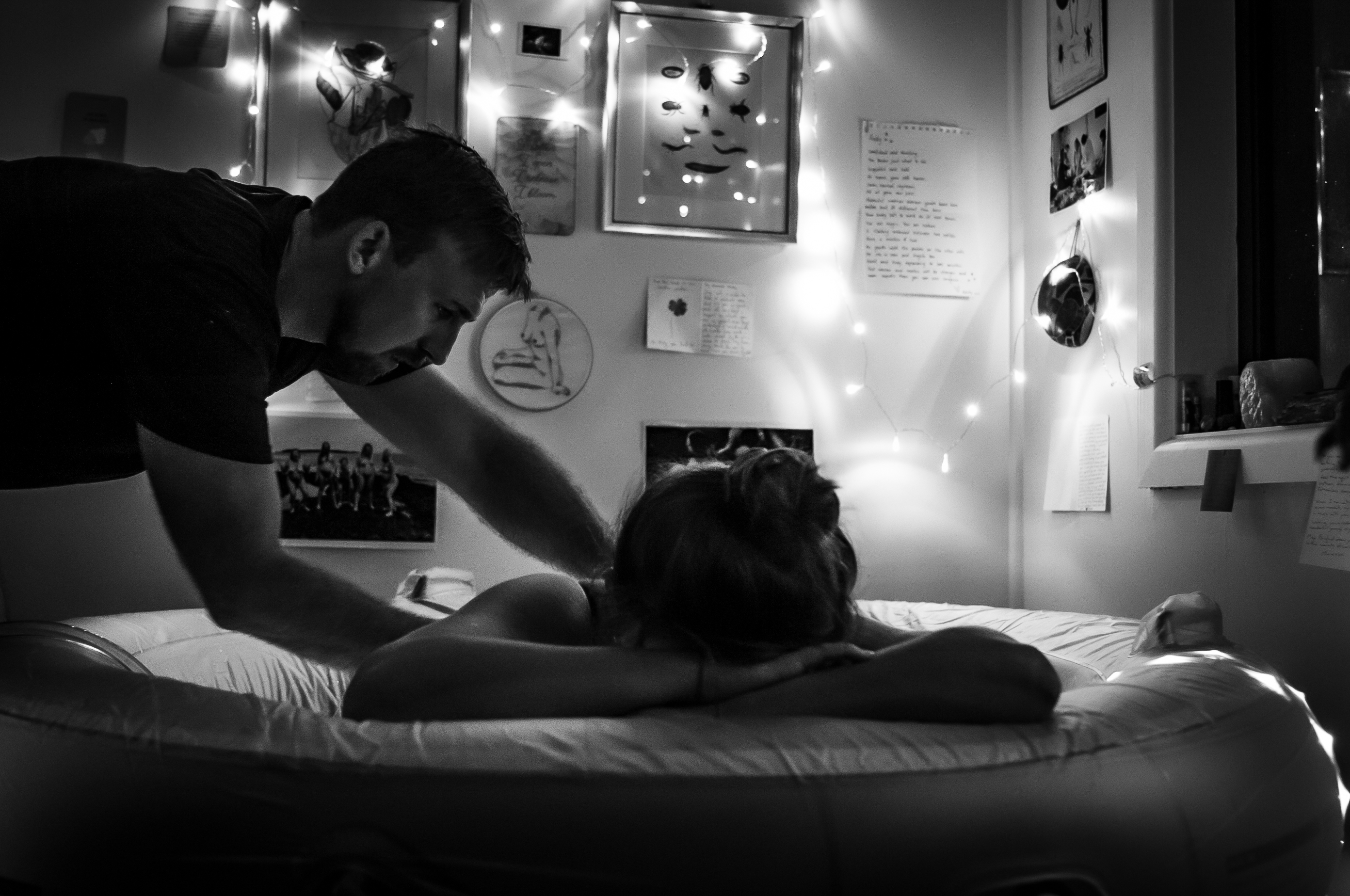
The seeds of influence that would bloom into my first homebirth were sown during my pregnancy with my first child. She was born at Wollongong Public Hospital in the waterbirth tub after an induction. My experience was both incredibly empowering and isolating. Fragmented, non-continuous care experiences throughout pregnancy and birth with disrespectful care providers and a lack of external support meant that I felt very alone in my decision making. It felt like it was me and my husband against the tidal wave of the system.
During that pregnancy, I came to understand that continuity of midwifery care was the gold standard model that produced the best outcomes and experience for women and their babies. I also began osmosing information about physiological birth. That is, birth as an evolutionary, mammalian design and the ways our birth imprint has been impacted by our culture of birth-fear and the medicalisation of women’s bodies.
You only have to pick a topic from the following (inexhaustive) list to begin down the rabbit hole of all the ways our patriarchal western culture has derailed the biological blueprints of women’s bodies:
- Menstruation;
- The pill;
- Menopause and the cultural lambasting of angry, menopausal ‘Karens’;
- Birth and the cascade of intervention;
- Endometriosis;
- Other chronic illnesses such as chronic fatigue and the historical dismissal of women’s pain;
I could go on…
I baulk at taking paracetamol unnecessarily, and my mother had birthed four children naturally, seemingly with as much ease as birth can offer. So, a planned caesarian or epidural was never really on the cards for me. It wasn’t part of my familial blueprint.
Early in my second trimester, I read a book that amplified my interest in physiological birth into a full-blown feminist passion. The book was Ina May’s Guide to Childbirth. It was written by Ina May Gaskin, an American midwife whose experience has culminated in decades of work in supporting out-of-hospital physiological birth. The midwifery centre she founded, and in which she continues to work, touts an astoundingly low caesarean rate of 2% across approximately 3000 births. This is compared to a 38.4% caesarian rate in NSW in 2022 (49.4% in privately insured mothers) across 91,634 births. The national rate is roughly the same at 39%.
Obviously these statistics are barely comparable given that the women at Gaskin’s centre are self-selected and screened by the midwives. Additionally, there are 30 times more women birthing in the hospital system in a single year in NSW than in Gaskin’s birthing centre across several decades. However, the sentiment remains. The World Health Organisation (WHO) recognises that when the caesarian rate of a country exceeds 10%, improvements to maternal or foetal mortality cease. This begs the question, do 40% of Australian mothers really need a caesarian to birth their babies? And if not, why is the rate so high?
I digress, but I can’t help it. The current state of birth in our maternal system makes little logical or evidence-based sense and hospital caesarian rates are just one lens through which to dissect the flaws.
Anyway, the book kindled a fire that later saw me becoming a doula myself to give women an option for continuity of care in a fragmented system. Hiring a doula for my first birth would have allayed the feeling of angst and isolation we felt navigating the medical system. The book also sparked an interest in homebirth. By the time I was freshly postpartum with my daughter, I already knew my next birth would be a homebirth.
Prior to this time, I had no exposure to homebirth. I knew it happened but it didn’t appear in my realm of possibility because I didn’t know anyone who had had one. I began following doulas and midwives on Instagram and slowly increased my exposure to homebirth so it no longer seemed like such an ‘alternative’ option. It became the option.
Before my first birth, I had built a strong understanding of birth in our culture and the cascade of interventions throughout pregnancy, but it was largely luck that meant I had a beautiful and positive birth in the end. Luck provided me with an advocative midwife the night I gave birth and beyond that, I happened to progress quickly through labour so the dreaded obstetric ticking clock did not impact me in the ways I‘ve witnessed in so many others’ stories.
I’ve come to understand that it doesn’t matter how much ‘work’ you do, whether or not you do all the ‘right’ things, birth in hospital largely comes down to luck of who enters the room and whether or not your body and baby behave within the parameters of hospital policy. Our culture is one where birth is treated as a medical event regardless of the health of mother and baby, rather than a physiological process that occasionally requires the help of medical technology and intervention.
Homebirth is not new, the information on its safety exists and the stories and experiences of women who have birthed at home like myself stand tall. So how do we push back against the tide of fear and the cultural impetus for control over birth and women’s bodies?
Recently, I read a book entitled All I ever wanted was to be hot, by Lucinda Froomes Price. The book is part memoir, part exposé, detailing the complex relationship between the societal perception of attractiveness and women’s relationship with their own appearance within an Australian context. The author described her elation at achieving her first nose job at the tender age of 17. I was absolutely gobsmacked.
Growing up in semi-rural NSW, plastic surgery for me was in the inconceivable realm of celebrities and rich, white menopausal women. Despite growing ubiquitous as the decades roll on, for me, this perception has remained largely unchanged. Though now I can see around the edges of the patriarchal lens of feminine attractiveness more clearly.
I could not relate to the author's experience and motivation… Until she spoke about how her grandmother had had a rhinoplasty, her mother wished she had been able to, and her friends at her private girls school one-by-one fell like flies to nose-homogenisation. It got me thinking about exposure and how exposure normalises things for us, for better or worse.
Exposure. Our exposure to birth has become warped by western cultural ideals of disconnection and vice-gripped control. In hindsight, I think one of the most radical acts of my life has been having a homebirth. Not just the birth itself, but also the way it’s impacted how I relate to birth. That’s not to mention the maternal support work I do in the community that was catalysed by that journey.
Because of my choices, each person in my circle now knows someone who has had a homebirth, they have been exposed and that has an expansive ripple effect. I know I have directly influenced at least two friends across two different countries to opt for homebirth and many others whose edge of judgement has been blunted by my story, even if they would never make the same choices as me.
Just like me, the women I know who have had home births opted for the journey of self-reclamation that so often accompanies the decision to birth at home. To swim against the current of birth-culture is to begin to understand all the ways we have been taught to fear birth and pathologise our bodies. Because of this, the path to homebirth often involves healing and reclaiming one’s voice and bodily autonomy. It can awaken a fire, long dampened by the weight of wet patriarchal boots.
Now, pregnant with my third child, you can guess what choice I’ve made in my place of birth. My daughters will see their sibling’s birth at home and will hold the embodied memory of witnessing it for the rest of their lives. And that is a powerful birth imprint of trust over fear, connection over fragmentation.

